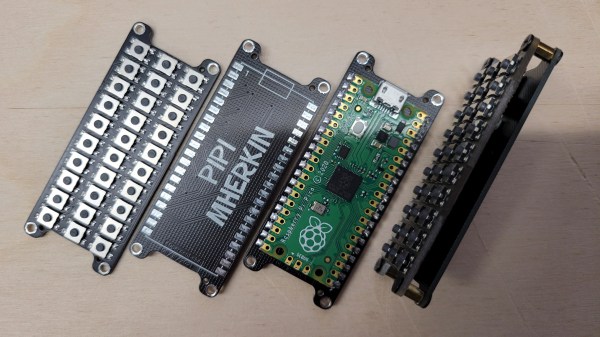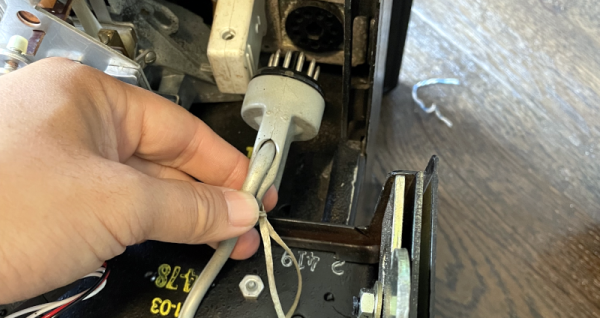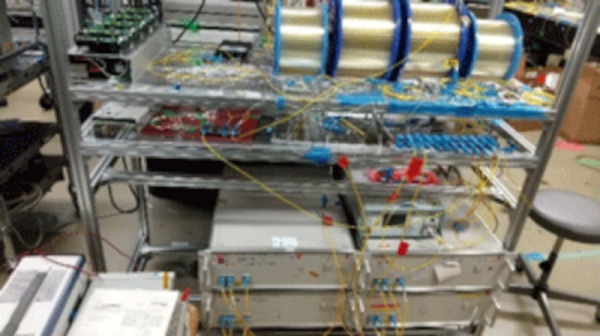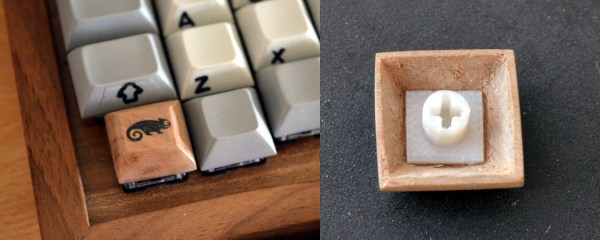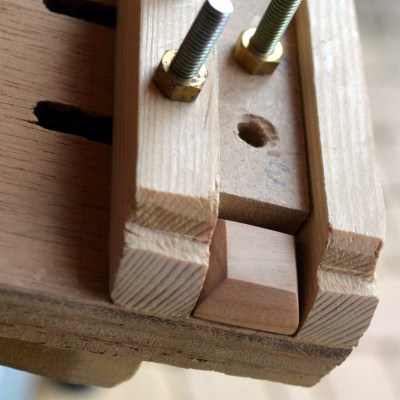Many of us have heard the name Archimedes’ screw — but not everyone knows the term screw conveyor. These folks (sadly, the videographer at [Breeze Media] doesn’t tell us their names, or the company name) has the process of building screw conveyors down to a fine art.
Screw conveyors are useful, but many folks shy away from them because they look hard to make. In this video, we see how it’s done. The crew in this video are doing it in metal for large equipment, but the same methods could be used in plastic sheet or paper on a small scale.
It starts with cutting washers and slitting radially. When they’re distorted into the final shape the hole will close up, so the hole is a bit larger than the pipe that forms the center. They’re then given a slight spiral (think a lock washer) by walloping with a sledgehammer. It works. The slit edges are welded together to make a ‘compressed’ spiral, and the end is welded to the pipe
Now for the ingenious bit. They have a tall gantry, just a couple of pipe poles with a crossbar, set up in the factory yard. Below it, they’ve drilled a well. The free end of the pipe goes down the well. The bottom of the spiral is clamped to a baseplate around the well. Next, the pipe is hoisted up to form the final shape. Finally, everything is welded in place.
In the video after the break, they’re making a screw feeder. It needs a lower pitch for the section under the hopper. So they clamp several turns, pull the main section out, weld it, then move the clamp and make the feeder section.
Hacks are partially art, and screws are visually interesting. This piggy bank has one. Put one in your next hack!
Continue reading “Ingenious Indigenous Artful Screw Conveyor”


